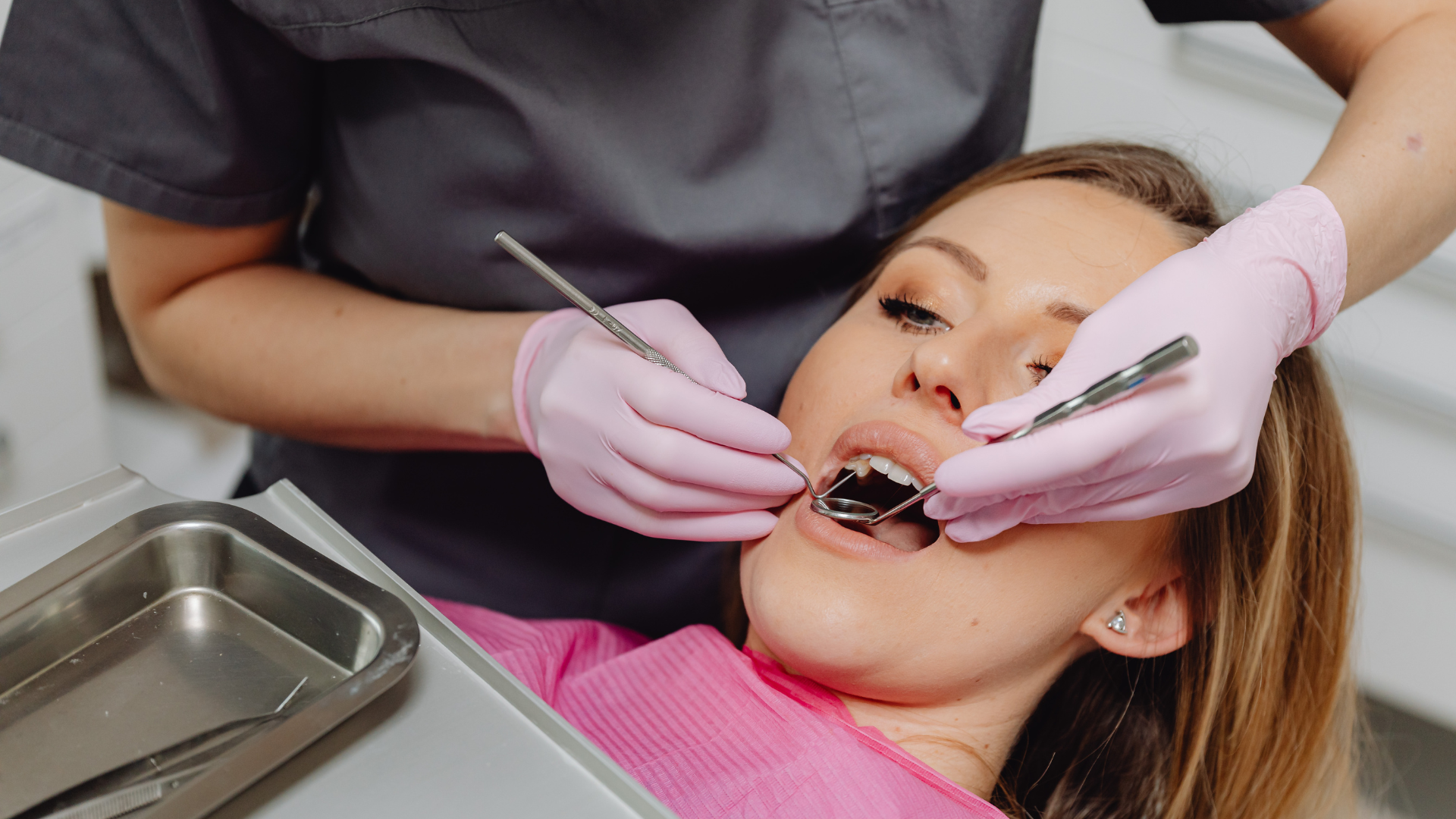Professional In-Office Teeth Whitening: Is It Right For You?
Professional In-Office Teeth Whitening: Is It Right For You?
In the age of selfies and social media, a radiant smile has never been more coveted. Among the plethora of dental cosmetic treatments available, teeth whitening stands out as a popular choice. But with various over-the-counter solutions, why should one consider professional in-office teeth whitening? And more importantly, is it the right treatment for you? Let’s delve deeper.
Understanding In-Office Teeth Whitening
Professional teeth whitening at a dental office differs significantly from the kits available at your local store. Under the skilled hands of a dental professional and in the controlled environment of a dental office, the process employs high-concentration bleaching gels. These gels are not available over the counter due to their strength. The process is safe, monitored, and can often be completed in a single visit, delivering immediate and noticeable results.
Is It the Right Treatment for You?
While the allure of a gleaming smile is universal, in-office teeth whitening may not be suitable for everyone. Here's how to determine if it's right for you:
Nature of Stains:
Not all dental discolorations respond to bleaching. Yellowish teeth tend to bleach well, but brownish or grayish teeth might not. Also, whitening won't work on caps, veneers, crowns, or fillings.
Sensitivity Concerns: If your teeth are particularly sensitive, the high-concentration bleach might exacerbate this. However, your dentist can employ measures to mitigate sensitivity.
Oral Health Status: Prior to any cosmetic treatment, ensuring good oral health is paramount. If you have gum disease or other dental issues, they should be addressed first.
Making an Informed Choice
If you're considering in-office teeth whitening, here's how to make an informed decision:
Consultation:
Always start with a professional consultation. Your dentist will assess the nature of your stains, your overall oral health, and advise you on the expected outcomes.
Know the Costs:
While in-office treatments can be costlier than over-the-counter kits, the results are typically faster, more uniform, and longer-lasting.
Post-Treatment Care:
Understand that post-treatment care plays a crucial role in maintaining those pearly whites. Avoiding staining agents like coffee, wine, and tobacco can prolong the effects.
Manage Expectations: While professional whitening can offer significant improvement, results can vary based on the individual. It's essential to have realistic expectations.
Conclusion
Professional in-office teeth whitening is an excellent solution for those looking for immediate and significant enhancement of their smile. While it’s a safe procedure, the key lies in understanding if it aligns with your specific needs and oral health status. With a brighter smile just a dental visit away, make sure you're making a choice that illuminates your smile and well-being.




